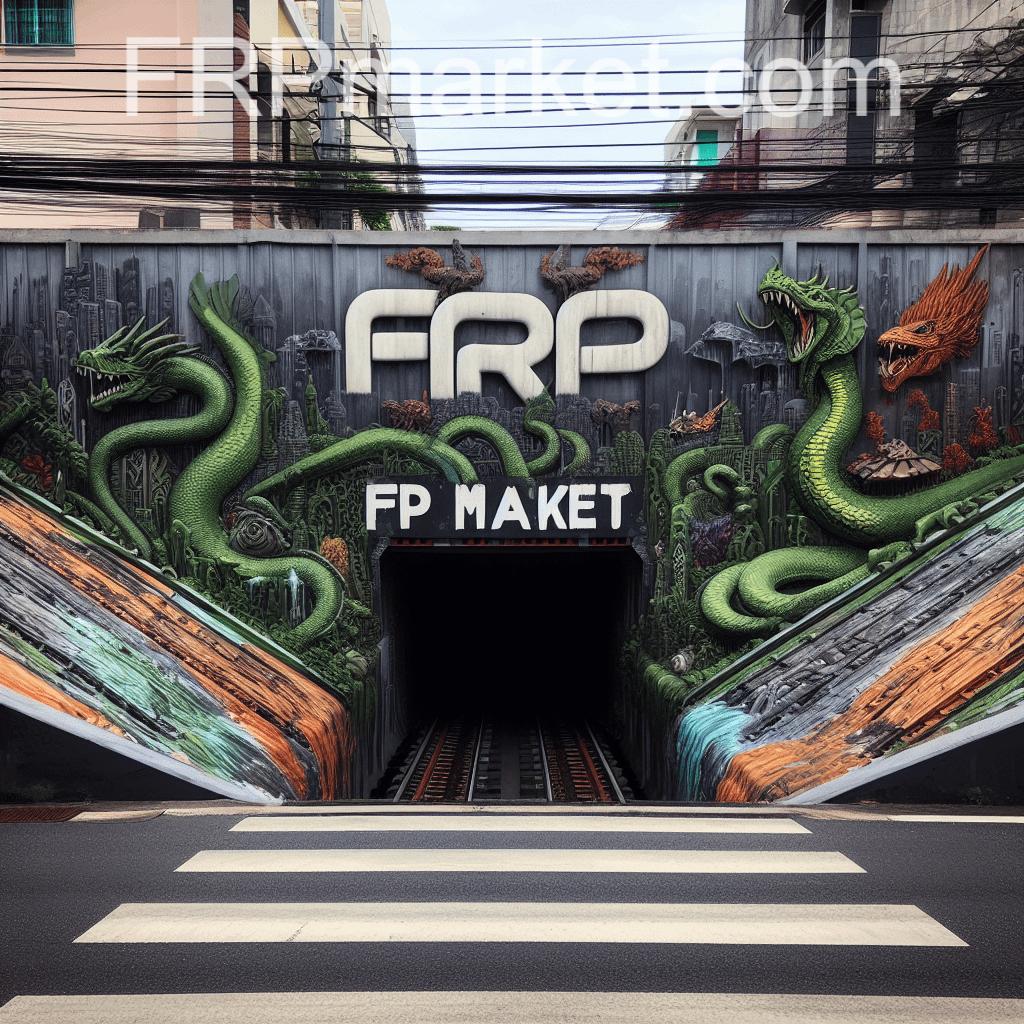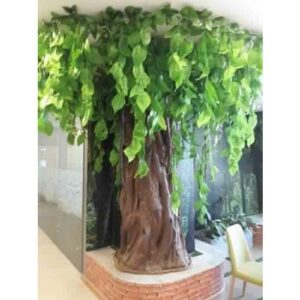In the realm of infrastructure and construction, FRP (Fiber-Reinforced Polymer) trench covers have emerged as a frontrunner, replacing traditional materials like concrete and metal due to their exceptional durability, versatility, and ease of maintenance. These covers, constructed from a resilient composite of fibers embedded in a resin matrix, have become an integral part of contemporary drainage systems.
Key Advantages of FRP Trench Covers
FRP trench covers offer a multitude of benefits over their conventional counterparts, making them a preferred choice for a wide range of applications:
-
Unparalleled Durability: FRP trench covers are renowned for their exceptional strength and resistance to impact, ensuring they can withstand heavy loads and harsh environments.
-
Corrosion Resistance: Unlike metal covers, FRP is inherently resistant to corrosion, making it ideal for use in areas exposed to chemicals, salt, or other corrosive elements.
-
Lightweight Construction: FRP trench covers are significantly lighter than metal or concrete covers, facilitating easier transportation, installation, and removal.
-
Non-Slip Surface: FRP covers are designed with a textured surface, providing excellent traction and reducing the risk of slips and falls.
-
Low Maintenance: FRP’s smooth and non-porous surface minimizes the need for frequent cleaning and maintenance.
-
Aesthetic Appeal: FRP trench covers come in a variety of colors and styles, allowing them to blend harmoniously with various architectural designs.






Reviews
There are no reviews yet.